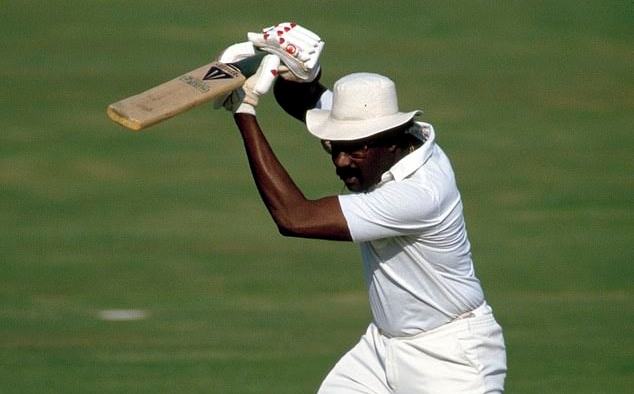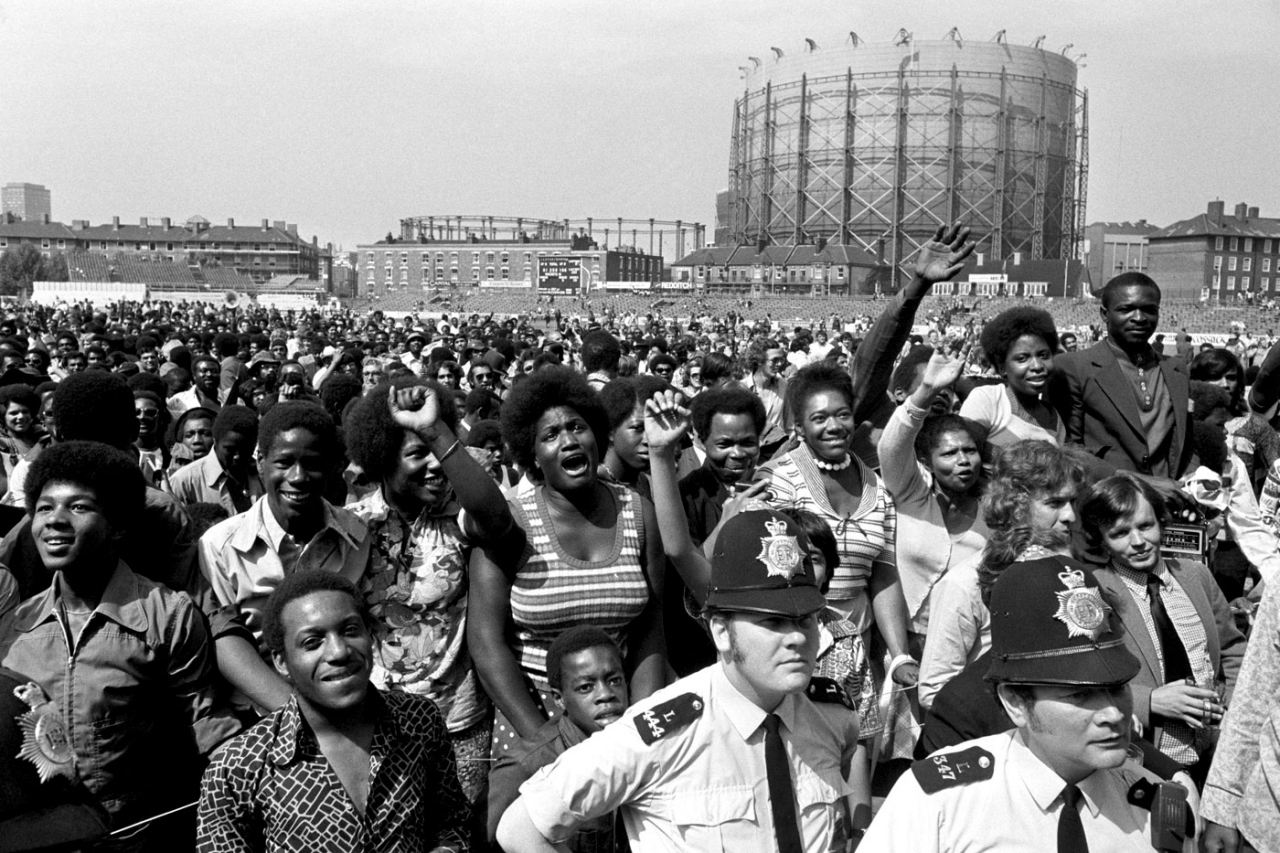Sabina Park was a woman. More than that, she was a slave. More than that, she was an enslaved woman who took the life of her four-month-old son. At her trial in the Half Way Tree court, she admitted to the infanticide.
The Crown witness relayed her complaint that “she had worked hard enough for ‘Backra Massa’ already and that she would not be plagued to raise the child… to work for white people.”

She was one of 17 slaves on Goat Island, owned by a Scottish planter, Joseph Gordon, who had 17 such properties across Jamaica. Suicide rates among slaves was high—a response to the viciously inhumane conditions—and it reduced the number of working hands for the plantations. Sabina Park became emblematic of an extreme and courageous reaction to the dreadness of slavery.
She was found guilty of murder, hanged, and her remains buried on the Liguanea Plains, in the place that bore her name, Sabina Park Pen.
Her name was given to the only Test ground in Jamaica, and for all these cricket-loving years—since 1880 when the Kingston Cricket Club (KCC) started renting the ground from Catherine Fairweather Blakeley—millions of people have filled its stands with barely a handful knowing the origin of its name.
I would not have known of it had my friend, Siddhartha Vaidyanathan, not sent me a link to an online article published in WiredJA, on 23 August, by Calvin G Brown. It was an astonishing back story to the name of the famous cricket ground, and I could not help but wonder how it had remained in such obscurity for more than a century.

(Copyright Stewartinc)
After ten years of renting the ground, KCC acquired it in 1890, and strangely, there seems to be no public acknowledgement of its historical past. I cannot say for certain, but I do not believe there is a plaque or any kind of commemorative symbol to tell the story of Sabina Park.
Given the way grounds have been named throughout cricket’s history, it simply appeared to me that it was a Park named after the area in which it was located. Immediately, I tried to learn more, and sent out enquiries to a couple of acquaintances.
Calvin Brown had indicated that Orlando Patterson—soon to be conferred with an honorary doctorate by The UWI—had mentioned it in his 1969 book, “The Sociology of Slavery”.
Marcia Thomas, who described herself as a history enthusiast, wrote about it in the Jamaica Observer of 14 February 2021, under the heading: Jamaican History Matters.

Marcia is right. It is not just Jamaican history that matters, but history itself—that link to understanding the forces that contribute to our contemporary state of being. She wrote about how it was originally called Sabina Park Pen, and contrary to what I had imagined the word Pen to mean (something shabby), I discovered elsewhere that the word Pen referred to a wealthy, urban residence and its adjoining land.
The Great House at Sabina Park Pen was named Rosemount, and the entire estate was 30 acres. It was the word Park that had the meaning I had imagined for Pen: a cattle pen or land in an enclosure.
I remained mystified about how this information was not commonly known—had I missed something? Did Orlando Patterson publish it in any of the Jamaican press outlets? Was there some reason that it was kept away from the public’s reach? I felt this was not an oversight.
Then Joseph “Reds” Perreira, who spends a considerable amount of time forwarding emails, distributed the link Sidvee had sent. I couldn’t resist asking him if he knew that story.

(Copyright Getty Images/ ESPN)
He replied that Allan Rae had told it to him during a 1980 interview. (Allan Rae was the Jamaican end of one of our famous opening pairs along with Jeffrey Stollmeyer.) I asked Reds if he had ever broadcast this information. “If I spent 50 years broadcasting, I would have said it 50 times,” came his response.
We discussed the general nature of naming grounds in the region and Reds decided that he would enquire about them. With his typical persistence, he contacted people up and down the islands, soliciting information and dutifully reporting back to me their responses.
On the phone, he rattled off ground names and their christeners. Like so: Bourda was named after a liberal Englishman who bequeathed his estate. He acted as governor and died in France. Albion was an English name. (The Sports Complex was the first in Guyana to host a One Day International: WI vs Pakistan, 1977.)
St Vincent: Arnos Vale Ground was an arrowroot estate. Dominica’s Windsor Park directly linked to the British. Montserrat: Sturge Park no longer exists. The Queen’s Parks in Trinidad and Grenada were named after the British monarch.

(Copyright CWI)
The Antigua Recreation Ground is owned by the government. Warner Park was named for Sir Thomas Warner. We didn’t get around to Kensington Oval, but its website said that Pickwick Cricket Club leased four acres of pasture land from Kensington Plantation in 1882.
The pattern, of course, is clear. All the grounds have been named after people who either owned the land or ruled the territories. We have just begun saluting heroes like Sir Vivian Richards and Brian Lara.
The story of Sabina Park is an unusual one for any place in the world. Why has it been a secret?
Editor’s Note: Columnist Vaneisa Baksh tries to unravel the mystery of Sabina Park, after noticing some worrying inconsistencies. Click HERE to read more.

Vaneisa Baksh is a columnist with the Trinidad Express, an editor and a cricket historian. She is the author of a biography of Sir Frank Worrell.
 Wired868 Wired868 for smart sport news and opinion
Wired868 Wired868 for smart sport news and opinion







Shouldn’t the Daily Gleaner been able to bring forth this story to the Jamaican public at large? Why not? Did they not know?